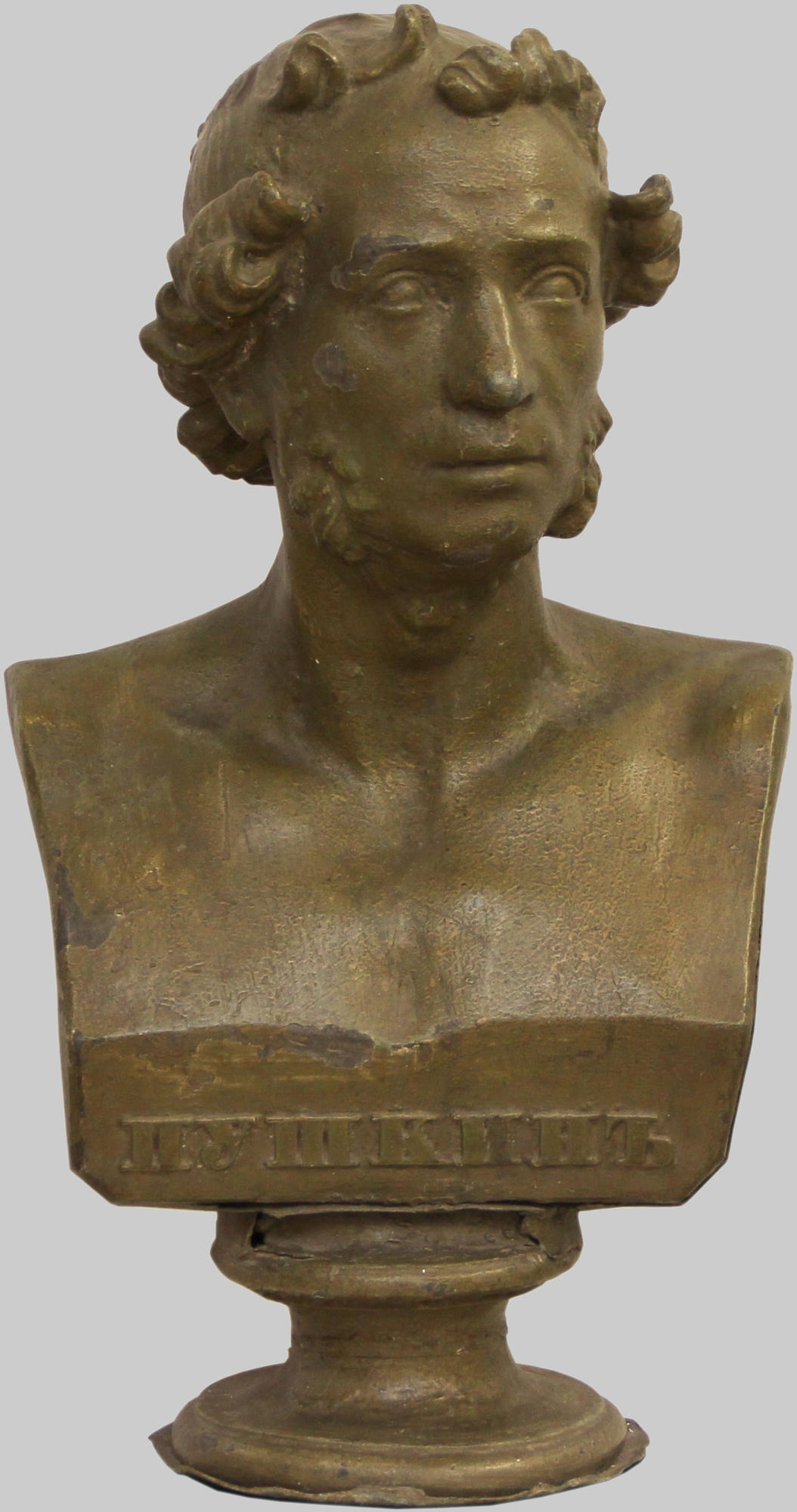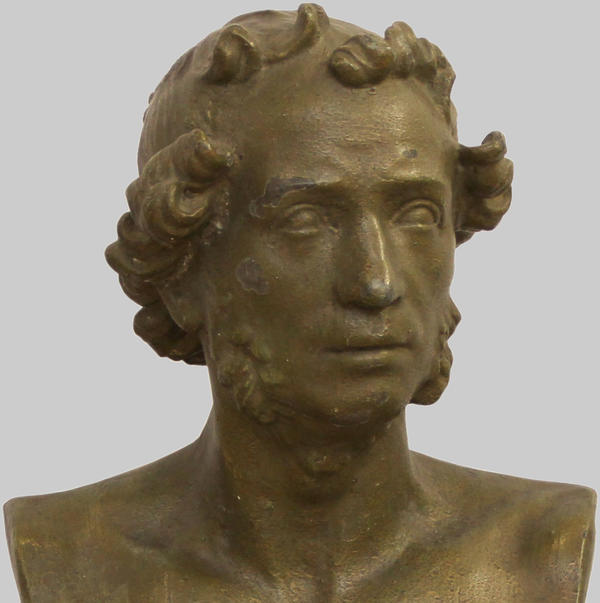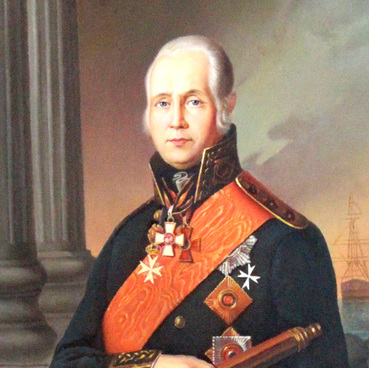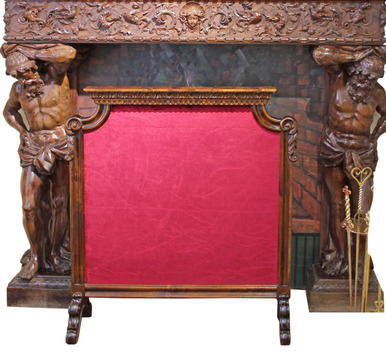In 1899, Russia celebrated the centenary of Alexander Sergeevich Pushkin. At its session, the Saransk City Duma decided to install the monument to A. S. Pushkin in the city lower garden in the Uspenskaya square and to rename the garden into the Pushkin Town Garden. A special committee composed of representatives of the local community was established to organize the celebration. The committee was headed by Vladimir Karlovich Lilienfeld, Chairman of Saransk Regional Council.
At present, an individual dossier of this event is stored in the republican archive and contains the program of the celebration. In early spring, trees were planted along Rozhdestvenskaya Street (currently V.I. Lenin Avenue) which was called Pushkinskaya. Festivities in the city garden were the main events of the celebration. The Ministry of Internal Affairs received a request to rename the city garden and allocate funds to produce and mount a monument to the poet.
Penza Governor had no objections to the renaming of the garden, however the creation of the bust needed a special order to be made. Failed to receive any answer from the authorities and supported by local intelligentsia, V.K. Lilienfeld at his own expense ordered a bust to be produced at the workshop of sculpture G.I. Mittelberger in Saint Petersburg.
The bust was cast in bronze following the poet’s sculpture made by I.P. Vitali. This Russian sculpture of Italian descent was acquainted with A.S. Pushkin, nevertheless only in 1837 he made his bust of plaster at the request of P.V. Nashchokin. Contemporaries mentioned a great similarity between the sculpture and the original.
On May 27, 1899, the monument was opened. The bust was installed at 12 p.m. in the presence of many people after a solemn service for the repose of the poet. The celebration was ended with free public festivities lasted up to 2 a.m. In the garden there was illumination, a gramophone played, and the public was entertained by folk bands. The biography and works by Alexander Sergeevich Pushkin were recited from the scene of the summer theatre.
Only in the spring of 1899, the governorate authority answered the request and the city administration received an ordinance to send a drawing of the monument, a site plan and an estimate of the already installed bust. Saransk administration did not respond to the letter but in April of next year, they received a letter written by the governor himself. This time the city authority could not ignore the letter and the drawing and plan were prepared and sent.
Later this happened several times. The bust was measured, drawn, and various photos were taken. Persons responsible for this matter in the governorate secretariat changed several times and each of them required a new set of documents together with drawings of the monument, photos and plans. All this finished only five years after the installation of the bust. On January 2, 1904, Nicholas II considered the project and signed an official permission to open A.S. Pushkin monument in Saransk.
At present, an individual dossier of this event is stored in the republican archive and contains the program of the celebration. In early spring, trees were planted along Rozhdestvenskaya Street (currently V.I. Lenin Avenue) which was called Pushkinskaya. Festivities in the city garden were the main events of the celebration. The Ministry of Internal Affairs received a request to rename the city garden and allocate funds to produce and mount a monument to the poet.
Penza Governor had no objections to the renaming of the garden, however the creation of the bust needed a special order to be made. Failed to receive any answer from the authorities and supported by local intelligentsia, V.K. Lilienfeld at his own expense ordered a bust to be produced at the workshop of sculpture G.I. Mittelberger in Saint Petersburg.
The bust was cast in bronze following the poet’s sculpture made by I.P. Vitali. This Russian sculpture of Italian descent was acquainted with A.S. Pushkin, nevertheless only in 1837 he made his bust of plaster at the request of P.V. Nashchokin. Contemporaries mentioned a great similarity between the sculpture and the original.
On May 27, 1899, the monument was opened. The bust was installed at 12 p.m. in the presence of many people after a solemn service for the repose of the poet. The celebration was ended with free public festivities lasted up to 2 a.m. In the garden there was illumination, a gramophone played, and the public was entertained by folk bands. The biography and works by Alexander Sergeevich Pushkin were recited from the scene of the summer theatre.
Only in the spring of 1899, the governorate authority answered the request and the city administration received an ordinance to send a drawing of the monument, a site plan and an estimate of the already installed bust. Saransk administration did not respond to the letter but in April of next year, they received a letter written by the governor himself. This time the city authority could not ignore the letter and the drawing and plan were prepared and sent.
Later this happened several times. The bust was measured, drawn, and various photos were taken. Persons responsible for this matter in the governorate secretariat changed several times and each of them required a new set of documents together with drawings of the monument, photos and plans. All this finished only five years after the installation of the bust. On January 2, 1904, Nicholas II considered the project and signed an official permission to open A.S. Pushkin monument in Saransk.



